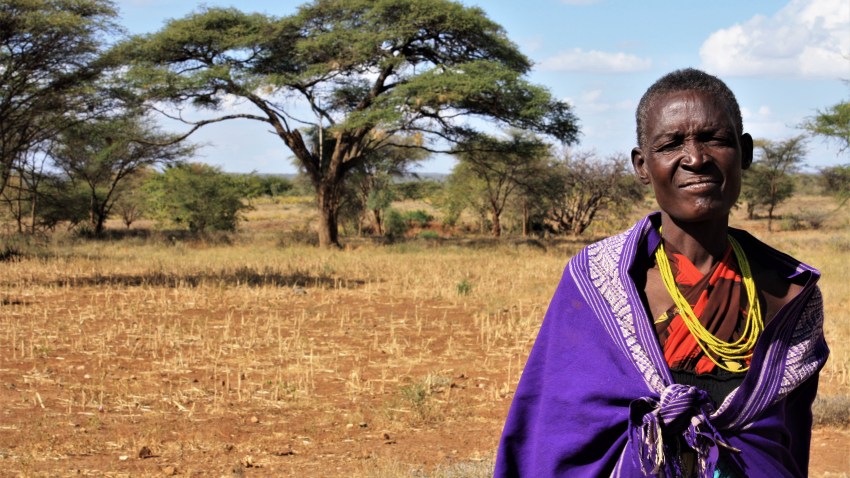KARAMOJA, Uganda—The people of Karamoja, an arid swath of territory in the far northeast corner of Uganda, name the months of the year after the seasonal changes they bring. The month of Lumoruck, for example, refers to the white mushrooms that once sprouted in March. Now, the same mushrooms do not appear until July or August.
The remote region has long been subject to extreme and variable weather conditions, with a single rainy season and a blisteringly hot dry period marked by harsh winds. When the rains stop, Karamojong pastoralists migrate across the parched landscape in search of pasture and water for their livestock, providing an additional source of income in a land where farming is frequently a challenge. But since the 1980s, the dry season in Karamoja has become longer and more intense, while the rains are harder to predict, throwing the livelihoods of both farmers and pastoralists into question.
Climate change is making things worse. This past July, a prolonged drought left half-a-million people out of Karamoja’s estimated population of 1.4 million in danger of starvation. A surge in violent cattle rustling at the height of planting season exacerbated the situation, with Karamojong villagers unable to reach their farms for fear of meeting armed raiders on unsafe roads.

